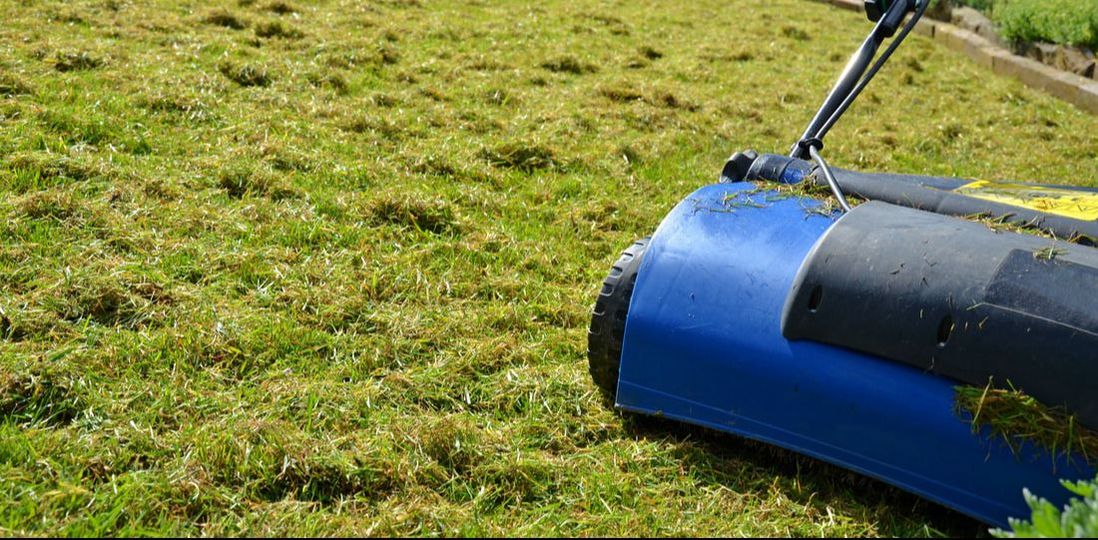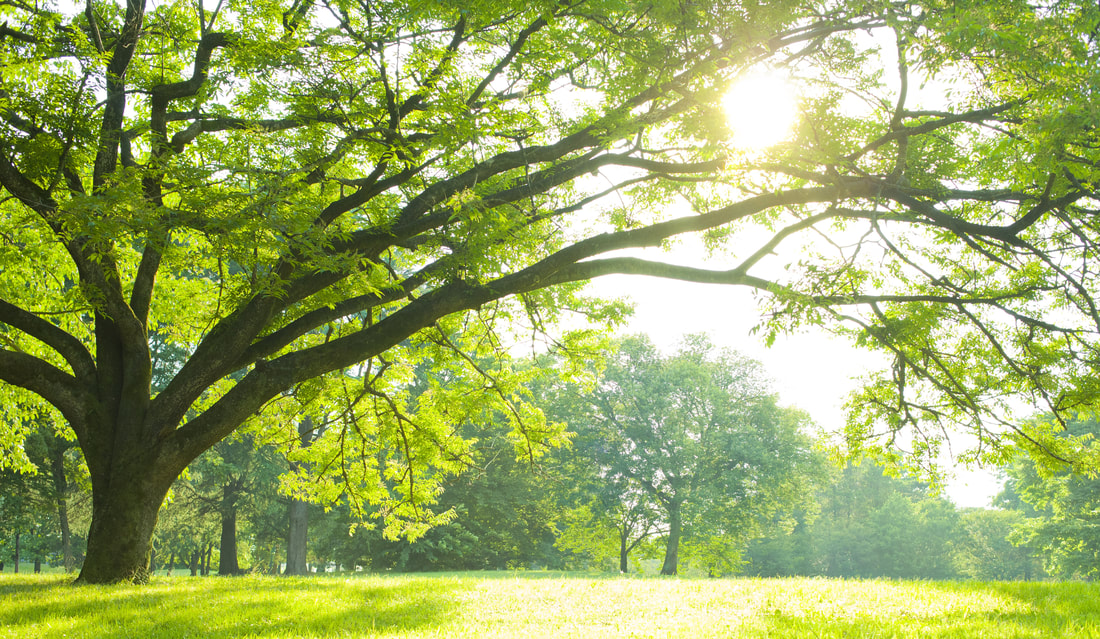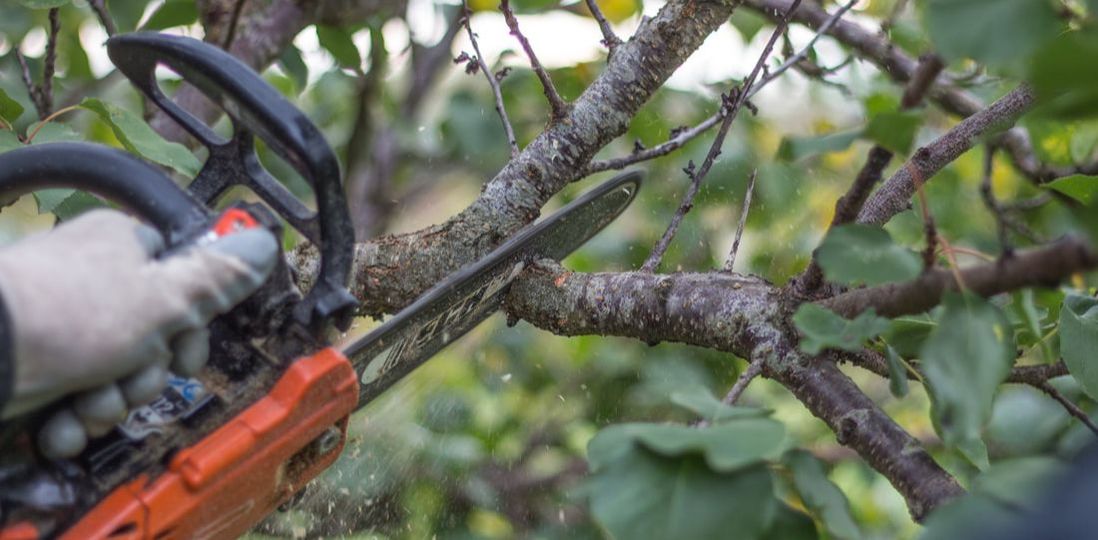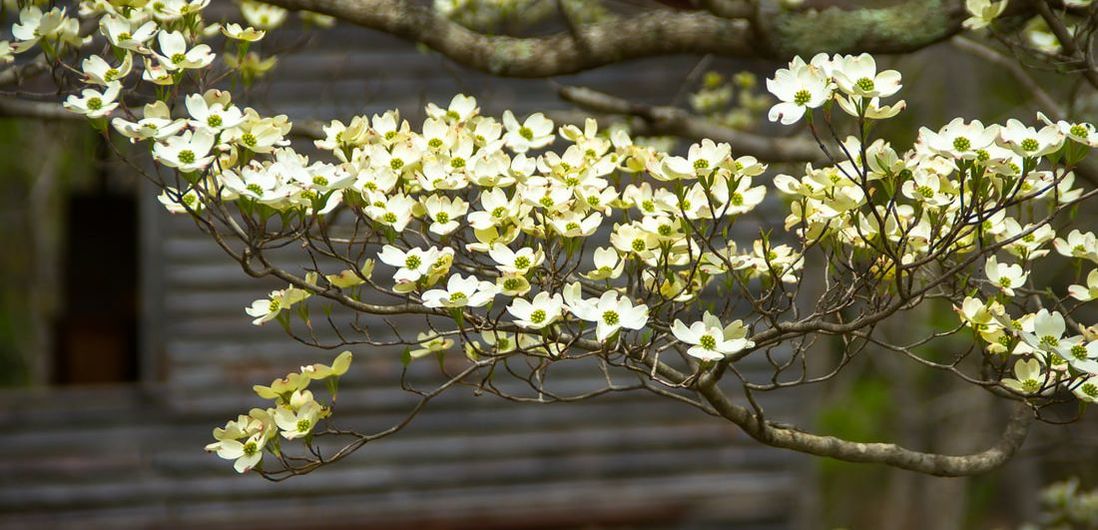|
My lawn needs aeration? Why?
In the long run, your lawn could become compacted by heavy rains or just walking on it. The compacted surface stops air, water, and nutrients from getting to the tree’s roots. This is why there are many benefits of aerating your lawn. What is the best time to aerate? Aeration can be done at any point in the growing season. The number of times your lawn necessitates aerating depends on the soil compaction. The two most common times to aerate are fall and spring. Spring aeration offers grass plants with more boost and delivers faster greening. Fall aeration aids in toughening underground roots while providing an excellent bed for overseeding. Your tree service professional can tell if your lawn requires aerating and recommend the right time to get it done. How does an aerator work? There are many types of walk-behind and pull aerators in the industry. The most popular is core-type equipment that eliminates little plugs from the grass. Core aerators have access of 2 ½ inches and get rid of plugs from ¼ to ¾ inches in diameter. Spiky parts shove small tines into the turf without detaching soil plugs. A third type, slicing aerators, practically slices through the soil creating openings. What are some long-term and immediate benefits? Aeration quickly opens up the soil to water, nutrients, and air. The openings create better water movement and air penetration, giving roots room to stretch out and flourish, becoming dense and vigorous. Over time, aerated lawns are less predisposed to thatch buildup and diseases. In some instances, the process can even resolve small thatch issues. Moreover, aeration decreases water runoff and enhances turf tolerance to drought and heat. Aeration is a natural procedure that has no adverse side effects. Even the little plugs left behind by core-type aerators are valuable. In the process of breaking down, they put a light coating of top dressing that assists in decomposing thatch amassed at the base of the trees. Why is aeration needed? Aeration not only aids in reducing soil compaction, but it lets water get deep and in the root area. This helps microorganisms living in the soil. These organisms decompose current thatch, enriching soil quality and releasing more nutrients for healthy tree development. Trees create their food by uniting carbon dioxide that they get from the air with water from the soil. This process is referred to as photosynthesis. To fuel this process, trees use the energy of sunlight. A pigment in the leaves, chlorophyll, capture the sun's energy. This is why tree sunlight is so important. Trees require sunlight to prosper and survive in any environment. Sunlight is one of the things that let trees grow in their particular ways of crafting their distinctive crown shapes that can vary from tree to tree even within the same tree type. The tree crown is made up of the branches and limbs that extend outward from the trunk of the tree. Without the right amount of access to this requirement, a tree could be less resistant to human and environmental stressors. The shape of the tree will be changed. What Do Trees Do With Sunlight? Trees use energy from the sun to make sugars through a procedure named photosynthesis. Without these sugars as a source of energy, a tree cannot survive or grow. Arborists have discovered that photosynthesis is impacted by the amount of sunlight that the leaves of a tree receive. Trees fight for sun exposure and some tree types will be shaded by others, making the shaded species to reduce photosynthesis rates because of less availability of tree sunlight. Studies have shown that photosynthetic methods have a considerable effect on what a tree crown will appear like. These studies discovered that leaves along the outer area of a tree crown receives more sun and are more significant. This distribution makes a layered effect in the tree crown making its unique shape. Having a reduction in photosynthetic methods can be hazardous to many structures of the tree causing the tree to shape change. Researchers analyzed productivity by the amount of sunlight a tree soaked up and then compared it to the size of the tree crown. As the volume and size of the crown grew, it further grew the amount of sunlight absorbed, guiding to a rise in photosynthetic methods which resulted in a stronger and healthier tree. Snow mold is a cold-weather fungus that affects cool-season grasses. Learn what is snow mold and what you can do about fixing and preventing it. What Is Snow Mold? Most indicators of spring are the good ones, like bloom, warmer temps, green grass, and buds. But gray-colored circles on your grass? Not hardly. Snow mold is due to cold-weather fungi that typically affects cool-season grasses. Signs of an issue aren’t seen until the spring when the snow melts. Signs of Snow Mold Symptoms of both gray and pink snow mold are typically most noticeable in the spring when the snow starts to melt. As the snow melts, circular patches varying in size from a couple of inches to several feet appear in your lawn. The grass in these patches is generally crusty and matted down. The spots will have a white-grayish look if they are due to gray snow mold or a pink-whitish look when due to pink snow mold. Pink snow mold can be more hazardous than gray snow mold since it kills the roots and crown of grass plants. Gray snow only affect grass blades. How to Treat Snow Mold The key to fighting snow mold is prevention. There aren’t any treatments that work on snow mold when the snow melts in the spring. If you have repeated problems with snow mold in the springtime, you can use a preventative application of fungicide in fall before the first heavy snowfall. If you don't use a preventative fungicide in fall and you see snow mold damage in your yard, the first thing you should do is gently rake the affected spots to loosen the matted grass. This will aid the lawn in drying and giving unaffected grass space to grow. You can also reach out to a tree specialist to inspect your outdoor area. Once you’ve got your lawn back in order, it’s critical to maintain it in a way that deters snow mold in the winter. Keep mowing your grass until the growth has stopped altogether. Tall canopies make snow mold worse. Lastly, you should dethatch your lawn around late fall to eliminate as much build-up as possible before the snow begins. Trees need a specific amount of care to stay healthy. Along with sunlight and water, they need to be trimmed periodically. This trimming technique is also called “tree topping.” Tree topping is the ideal way to shape your trees and craft a beautiful outdoor area. Some trees can be trimmed into a specific pattern or shape to compliment your landscape. Along with the aesthetic benefits of topping trees, here are a few other reasons you should top your trees on a regular basis. Tree topping enhances the overall health of your tree. As your tree thrives, branches become hard and dry. Certain parts start to die. These damaged or diseased parts can take over the healthy parts of the tree, creating severe problems. To safeguard your trees’ health, it’s crucial to trim back these diseased branches. If you don't trim your tree, the disease can spread to the other trees in your outdoor area, and over time, destroy your trees. Tree topping reduces the possibility of health problems taking over and killing your trees and yard. It encourages the growth of young trees. When trees are young, they grow erratically. If left unexamined, these growths could make for an unappealing mature tree. Specific growth patterns could cause the tree not to grow. By topping your trees, you let them grow in a way that guarantees beauty and health. However, topping young trees isn’t a simple job. If too many limbs are trimmed, it could affect its structural integrity and create other serious problems. Make sure that you hire a business that specializes in tree trimming services to perform the trimming of your young tree to make sure that it thrives as it should and flourishes into a beautiful tree. Tree topping keeps your home and family secure. When the heavy winds kick in, your trees become hazardous. If your trees haven’t been topped, dead branches will most likely break off. This creates a safety risk for your property and family as they could fall and create deadly results. Getting your trees trimmed periodically guarantees that any hazardous branches are gone before they have the chance to cause any damage. There are lots of benefits of topping trees. While you might want to trim your trees yourself, contacting an arborist is a better choice. When putting flowering trees to your yard, plant them in beds. They look great in the landscape when flourishing in groves or clusters or groves, much more than individual trees. There are also many benefits of groupings. For instance, in poor soils, roots grow quickly in the bed. You can fertilize and water the whole group together, and the issue of trimming or mowing around the trunks is gone, saving time and eliminating damage to the bark. If you are looking to plant flowering trees, some of the best choices would be Dogwoods, Tulip Poplars, Crape Myrtles, and Royal Empress Paulownias. For more information on the best flowering trees to plant in your outdoor space, contact a Syracuse tree care company. Like all other living things, these trees require year-round care, ample water supply, right temperature conditions, and good soil quality. All of these factors play a part in the health of your flowering trees. Flowering Trees: What You Need to Know One thing to think about when planting your trees is to plant them in a bed so less harm can be caused to the trunk by weed eaters or lawn mowers. Less weeding will need to happen if you put a couple of inches of mulch to the bed. The mulch also helps to sustain moisture for your trees. Wisely think about how deep to plant before digging the hole for your new flowering trees. You should create the hole twice as wide, but no deeper than the root ball. The gap must be massive enough for the roots to grow. Put the trees in the hole and water the root ball before you start to fill the gap with topsoil. Refill the hole ensuring the root ball is level or just under the surface. After you plant the trees, use a root-growing fertilizer to aid with root expansion. Put some on the topsoil and water a little. Put a couple more inches of mulch around the trees and water, as usual, about one inch of water every week. Stake the trees for approximately one growing season to create stability. Plant under your trees with ground covers if you don't want a whole lot of mulch underneath. Groundcovers are used as a carpet of greenery and hinder root competition and mowing complications that can plague trees planted in the soil. |
AuthorWe at Syracuse Tree Service want to help you with your tree service needs, our blog is where we provide helpful tips and ideas for the health of your trees. Archives
December 2020
Categories
All
|
- Home
- Services
- About
- Contact
-
Service Locations
- Liverpool Tree Service
- North Syracuse Tree Service
- Cicero Tree Service
- Baldwinsville Tree Service
- Manlius Tree Service
- Weedsport Tree Service
- Clay Tree Service
- Bridgeport Tree Service
- Lafayette Tree Service
- Fayetteville Tree Service
- Chittenango Tree Service
- Camillus Tree Service
- Onondaga Tree Service
- East Syracuse Tree Service
- Blog
|
Home | Services | About Us | Contact Us
Liverpool | North Syracuse | Cicero | Baldwinsville | Manilus | Weedsport | Clay | Bridgeport | Lafayette | Fayetteville | Chittenango | Camillus | Onondaga | East Syracuse © Syracuse Tree Care 2017
Syracuse Tree Care 4736 Onondaga Blvd Suite 112 Syracuse, NY 13219 (315) 692-0186 |
|






 RSS Feed
RSS Feed